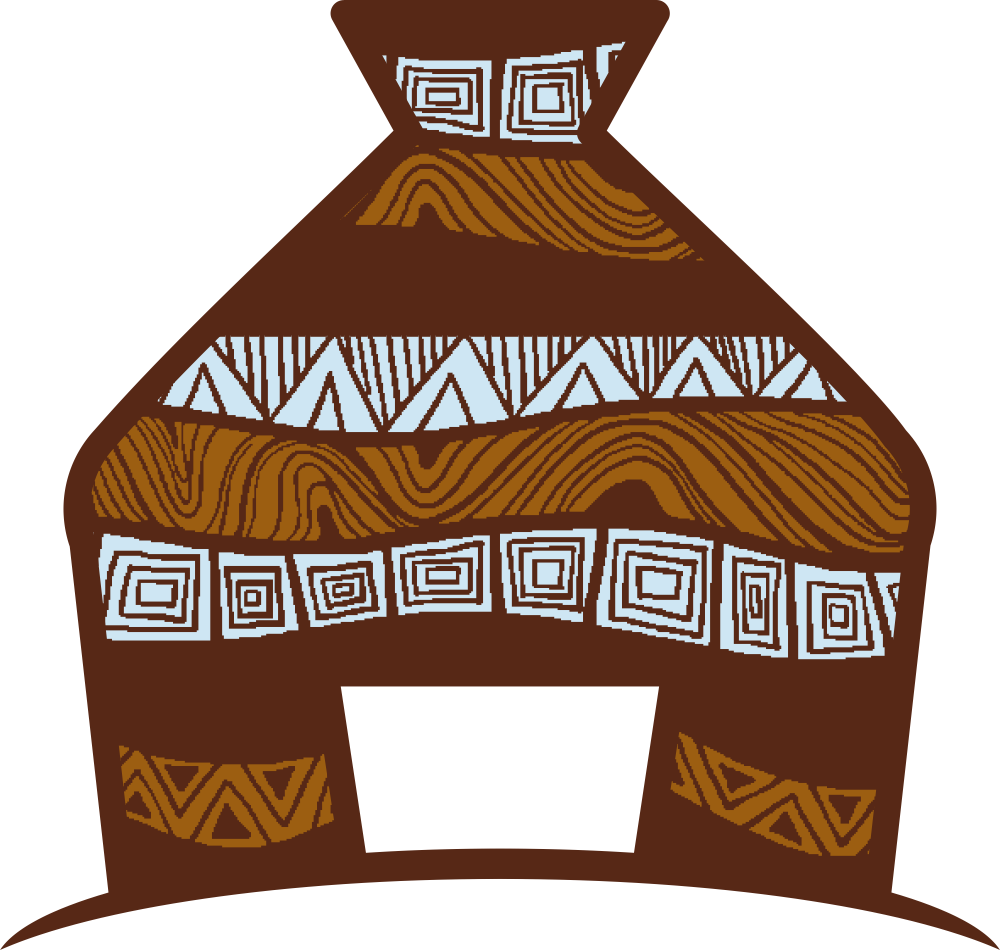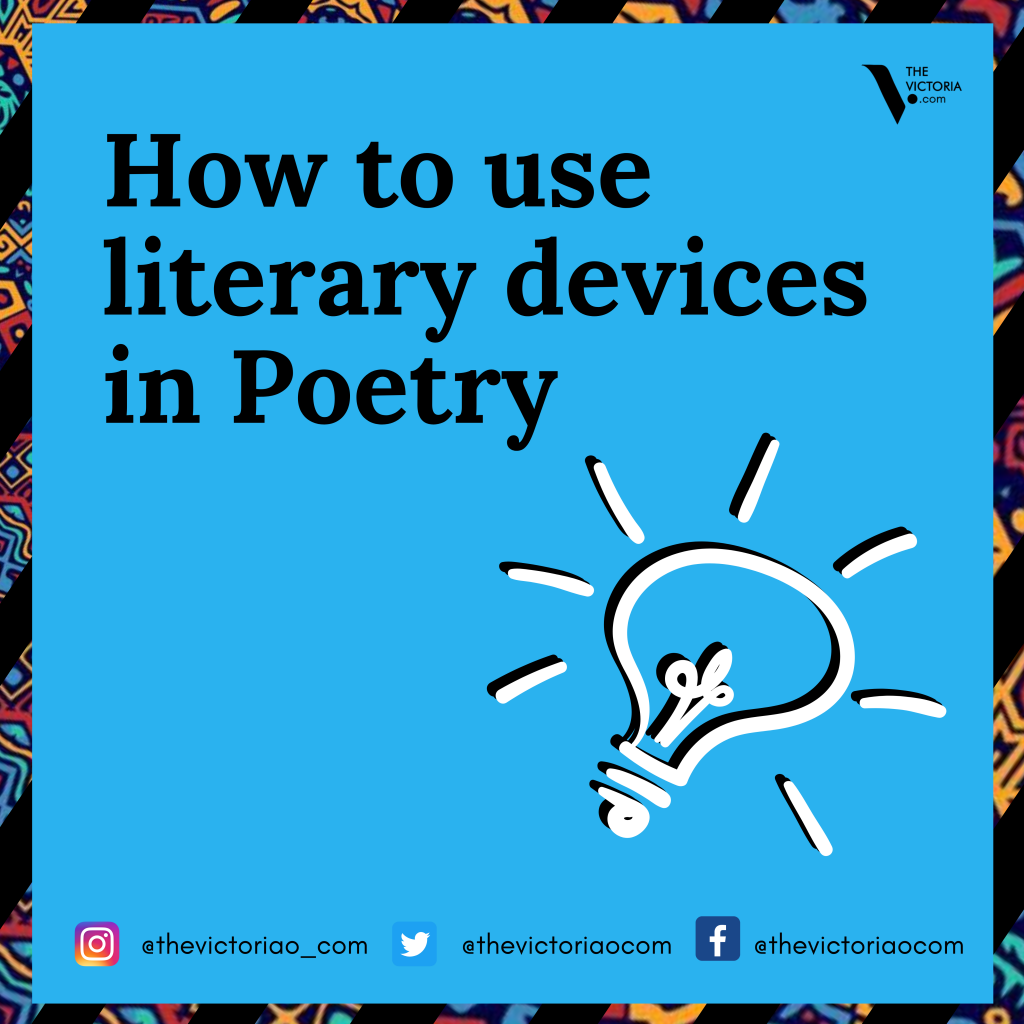Orjighigh Alôm

There is a marked difference between reading a poem, or novel, or play, and say, a history textbook. Because of its clear pedagogical disposition, the history textbook employs a language that is formal, matter of fact, and a sense of objectivity. A piece of literary artefact on the other hand has much more in store for the reader beyond simply educating or informing.
Literature seeks to entertain, stretch the imagination, reach into the recess of the human soul through the portal of shared emotion, thoughts, and experiences. Literature may even serve as a retreat, and so much more. As such, the language of literature is accordingly different from other forms of writing.
The drivers of this difference in language are the literary devices that roam free in literary corridors. Literary devices, in the most basic sense, are specific language techniques which writers use to create texts that are clear, interesting, and memorable. Literary language must not only be interesting but also memorable, whether in prose, drama, or poetry.
Owing to poetry’s nature which, according to Bennet and Christopher, emphasises the use of “a heightened sense of language to convey experience, feeling, or modes of consciousness,” these devices tend to be put to use with greater effect and notice in the genre. Every word used by a poet is a carefully selected brick that holds its place in the construction of a majestic house. The language is denser – packed with meaning – yet more expressive than the one found in other genres; it also deviates from everyday usage in deftness and heightened beauty. Because of the need to convey the most in the fewest words, poetry does not suffer extraneous words.
Devices like simile, metaphor, personification, hyperbole, onomatopoeia, alliteration, repetition, rhythm and meter, rhyme, etc. therefore are important artillery in a poet’s arsenal. Through these devices of creating images and musically, a poet makes sure the message is passed in the fewest words possible, with the strongest force, and with a long lasting impression on the reader.
Literary devices are not simply embellishments to the language of poetry, they are the language of poetry itself. How does a poet ‘show, not tell’ without the image evoking devices of simile, metaphor, hyperbole, and the likes? How will musicality be achieved without the tools of alliteration, assonance, consonance, onomatopoeia, rhyme, etc.?
The danger now is in the use of this rich language in poetry. Most up and coming poets make the mistake of ‘forcing’ these devices in their poetry or being too conscious of their use and ‘overdoing’ it. Especially on the counts of forced similes, metaphors, and rhyming in poetry. In efforts to sound ‘poetic’, most practitioners of the art would rather find a word that produces an end rhyme than one that helps with the message of the poem. Or the images the poet attempts to create are too ambitious for their skill, throwing up a grotesque distortion of the intended picture. In the end, these poets serve the readers a contraption of mis-yoked lines and misshapen images.
The devices available to the poet are plentiful, and with a licence to bend words to their wills, the possibilities are limitless. Nevertheless, poets must endeavour to use the tools at their disposal responsibly. Because while there may be a move away from stifling straitjackets of genre prescriptivism, it is undeniable that there is pad poetry, as surely as there is good poetry. To produce good poetry is to assimilate these devices so that they are the mould through which the poet thinks, or the pipelines through which the creative juices flow. This way, the poetry that will come out of the poet will be in the mould of these devices ‘naturally’, without the need to ‘force’ inexpressive words into a shape, arranged in lines and stanzas, and christened poetry.


